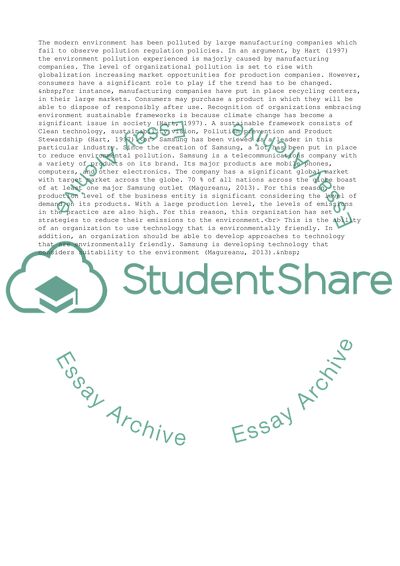Cite this document
(“Sustainability framework on Apple and Samsung Essay”, n.d.)
Sustainability framework on Apple and Samsung Essay. Retrieved from https://studentshare.org/business/1632447-sustainability-framework-on-apple-and-samsung
Sustainability framework on Apple and Samsung Essay. Retrieved from https://studentshare.org/business/1632447-sustainability-framework-on-apple-and-samsung
(Sustainability Framework on Apple and Samsung Essay)
Sustainability Framework on Apple and Samsung Essay. https://studentshare.org/business/1632447-sustainability-framework-on-apple-and-samsung.
Sustainability Framework on Apple and Samsung Essay. https://studentshare.org/business/1632447-sustainability-framework-on-apple-and-samsung.
“Sustainability Framework on Apple and Samsung Essay”, n.d. https://studentshare.org/business/1632447-sustainability-framework-on-apple-and-samsung.


